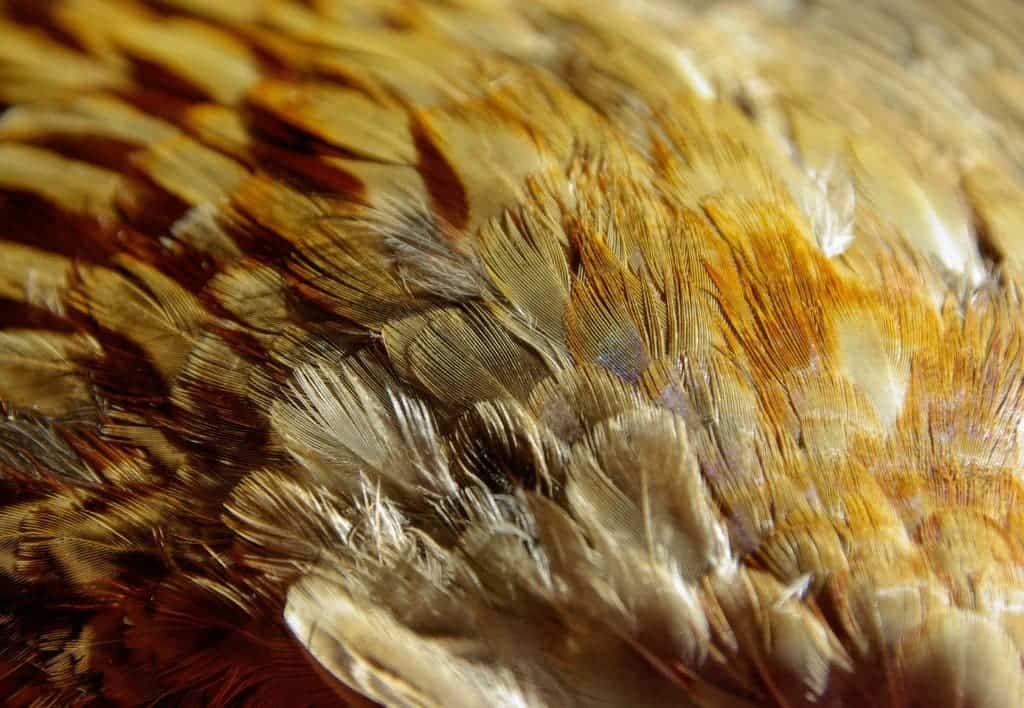Scientists plucked DNA from living birds and reptiles to learn how scales ultimately made way for feathers millions of years ago. The findings might teach us a thing or two about how flight evolved.
Although they might not look similar today, reptiles are the closest relatives of birds. The two vertebrate groups are both descendants of archosaurs, the “ruling reptiles” that once dominated the Earth 250 million years ago. Archosaurs include all extinct non-avian dinosaurs, extinct crocodilian relatives, and pterosaurs. Some of this rich history can still be accessed if you know where to look at the genomes of birds or reptiles.
A team led by Dr. Cheng-Ming Choung, a professor of pathology at the Keck School of Medicine, University of Southern California, tapped into this molecular time capsule to pinpoint the evolutionary leaps that archosaurs took in their transition from scales to feathers. Their work has so far identified a number of new genes involved in scale and feather development. To demonstrate, they were even able to turn scales into feather precursors by switching key genes on and off in embryo alligator skin.
From clumsy experiments to sky-high architecture
“We now have a potential molecular explanation for these hypothesized missing links,” said Chuong in a statement.
“These results show that different perturbations cause different levels of scale to feather conversion, implying that scales have the capability to form feathers given the proper molecular signals,” he added.
The complete RNA and DNA genomic analyses of developing chicks and alligators revealed five morpho-regulatory modules (Sox2, Zic1, Grem1, Spry2, Sox18) “that are essential for modern feather formation,” according to Chuong. Scientists propose that these genes appeared due to different adaptation strategies. After countless iterations, animals evolved the highly successful feather architecture we know today, allowing birds to claim the sky as their ecological niche.

Normal embryonic scales (left) compared with the elongated feather-like appendage following genetic manipulation (right). Credit: USC.
Such modules can enlarge or elongate appendages and cause feather keratin differentiation. For instance, when the Sox2 gene is activated, feather budding is triggered and scale formation is inhibited. The Grem1 gene, on the other hand, induces barb-like branching, the authors reported in the journal Molecular Biology and Evolution.
“These feather-like appendages display all five criteria defining feathers, suggesting that they act at a higher hierarchical level in this evolutionary pathway,” said Chuong.
“Intriguingly, some of these phenotypes are similar to the unusual filamentous appendages found in the fossils of feathered dinosaurs,” he added.
The appendages bursting from the alligator skin can’t really form fully-fledged feathers because alligators don’t really have the underlying genetic architecture that supports these feather-making circuits or to hold the structures in place on the skin.
In the last couple of years, paleontologists have found more and more evidence of so-called ‘proto-feathers’ or feather precursors in a range of dinosaur species. These primitive feathers were not identical to today’s feathers sported by birds and may have been used for different purposes, i.e. not at all for flight. These new findings provide a framework that explains how early dinosaurs initiated the development of feathers, starting from scales.










